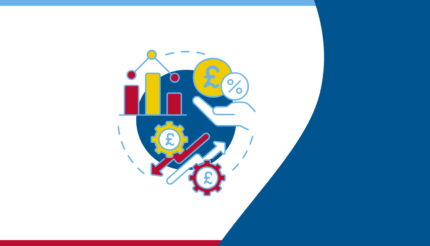What are the components of a high performing team in Business
Your team may get on OK, they no doubt have their own strengths and skill sets they bring to the table, but are they really performing to their combined potential? Here we discuss what the components of a high performing team are and how you can guide them to achieve this status.
What is a high performing team?
A high performing team is your dream team. Every business owner should strive to achieve this team dynamic for their business.
You want your team to show initiative, be highly motivated and productive, be creative with their own ideas for helping the business grow, execute everything they do to a high standard, and to complement each other as they work well together.
When you don’t have a high performing team you’ll notice productivity will be lacking and the results you get are subpar. This can have detrimental effects to your business, both in costs to the company, and your reputation.
You can’t expect your team to magically become a high performing team, they need guidance, training, and direction from you. As the leader of your team, if they are underperforming- it’s on you!
What are the components of a high performing team?
To create your high performing team there are several elements that you need to address. You cannot expect your team to figure it out for themselves, and you certainly can’t expect them to read your mind! You need to be clear about what you expect from them and make sure they are equipped with the tools and knowledge to deliver that.
Have they got the right skills?
If your team does not have the right skills to complete the task, how do you expect them to do it? You are setting them up for failure if you want them to do something they are not trained for or have no experience in. That’s both demoralising for them and detrimental to your business. If you’re faced with this, you need to decide one of three things; do you train your employees so they have the skills you need, do you hire new team members who already have those skills, or do you evaluate if that task is really right for the business?
Have they got the right tools?
Tools don’t just mean a hammer and screwdriver, they are the computers your team uses, the software on their computers, the access to information and systems they need. If you’ve hired a designer yet don’t give them access to design software, how do you expect them to do their job? It may involve investment to gain the right tools, but having them will speed up productivity and ensure jobs are done to a high standard.
Make sure there is trust.
If there is no trust amongst your team, then you really don’t have a team! Your team needs to have confidence in you and each other. If there is trust then your team will feel free to be themselves and ask questions. As a leader you can build their trust by being honest and showing transparency by sharing information with them.
Make sure you have clear goals and objectives
When your team clearly understands the company direction and goals you have set, then they will have clarity. If you set them clear objectives and milestones they will know what’s expected of them. Understanding what success looks like will help them to strive for it and to achieve it. And, if they don’t hit the milestones you have set for them, you can look into why- do they need more guidance, more training, or are they the right person for that task?
Do they work well together?
You can’t control their personalities or expect them to be best friends, but you can ensure a cohesive work environment. When each team member has clarity of what is expected from them, set goals, and a clear vision of how each of them is going to play their part, you’ll have them all working together towards a common goal. You can help maintain this by having regular team meetings, discussing what each of them is working on, what they need from each other, and what their priorities are. If anything is misaligned it could mean the team are pulling in different directions, these meetings are a chance to realign.






Comments